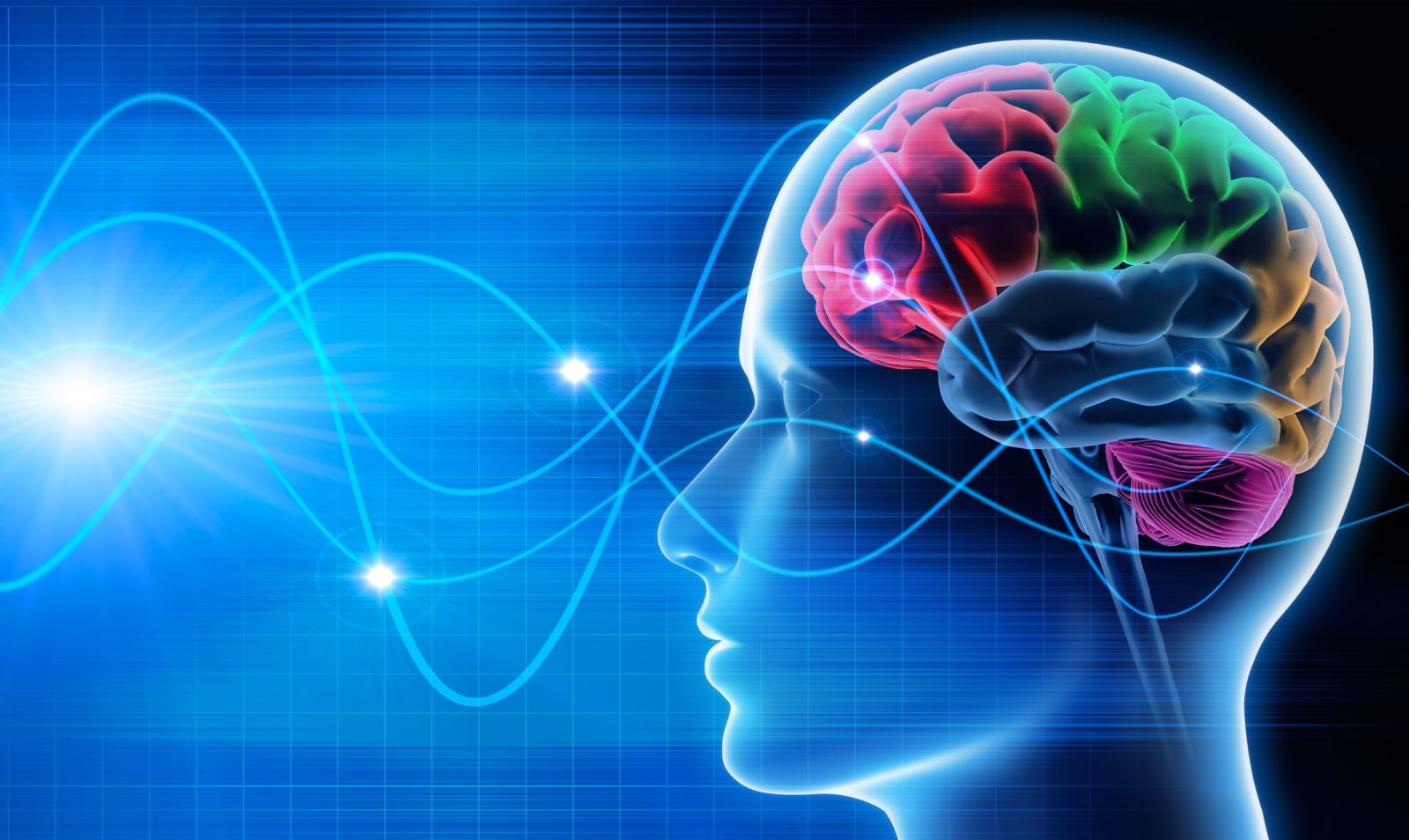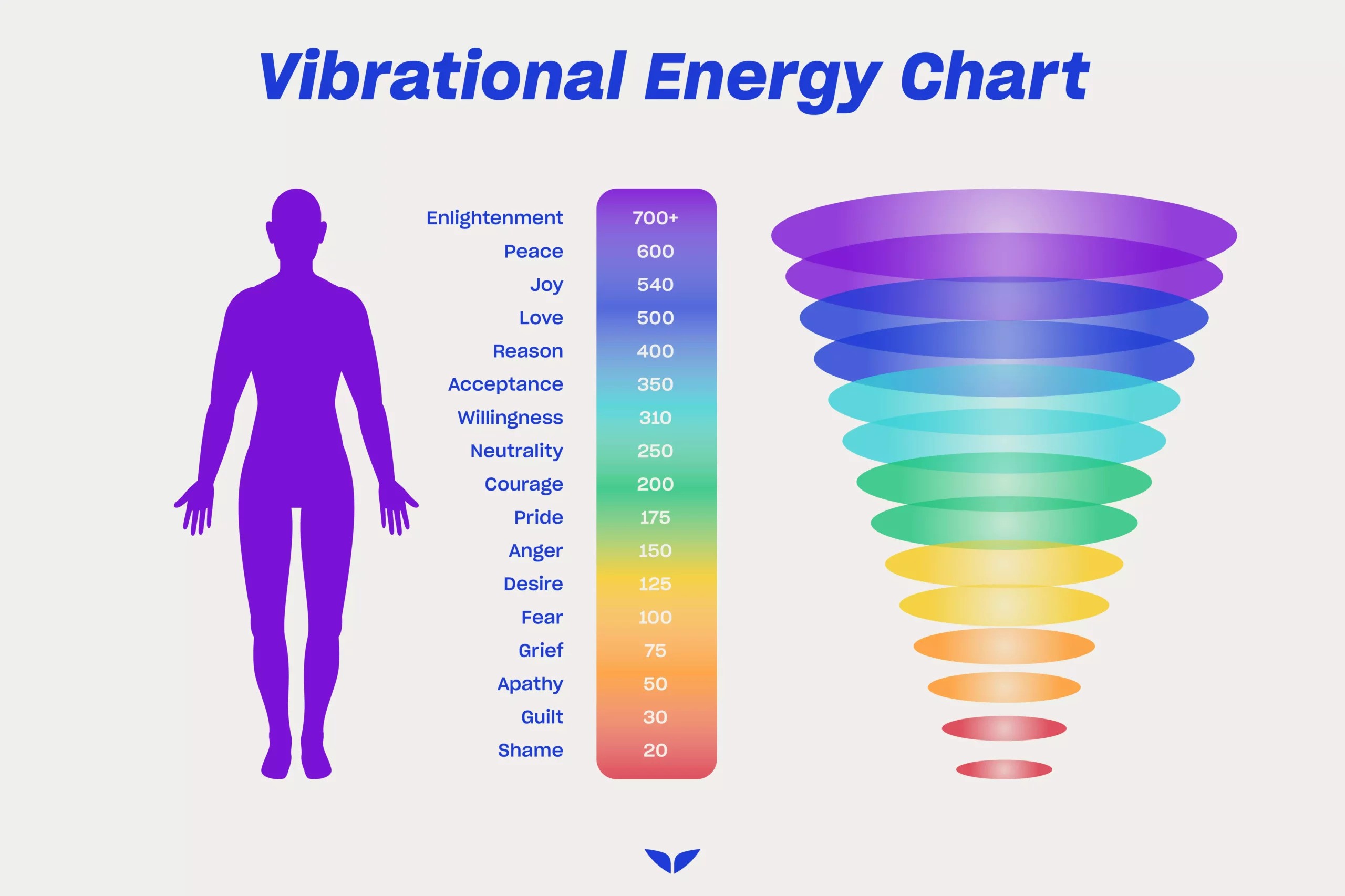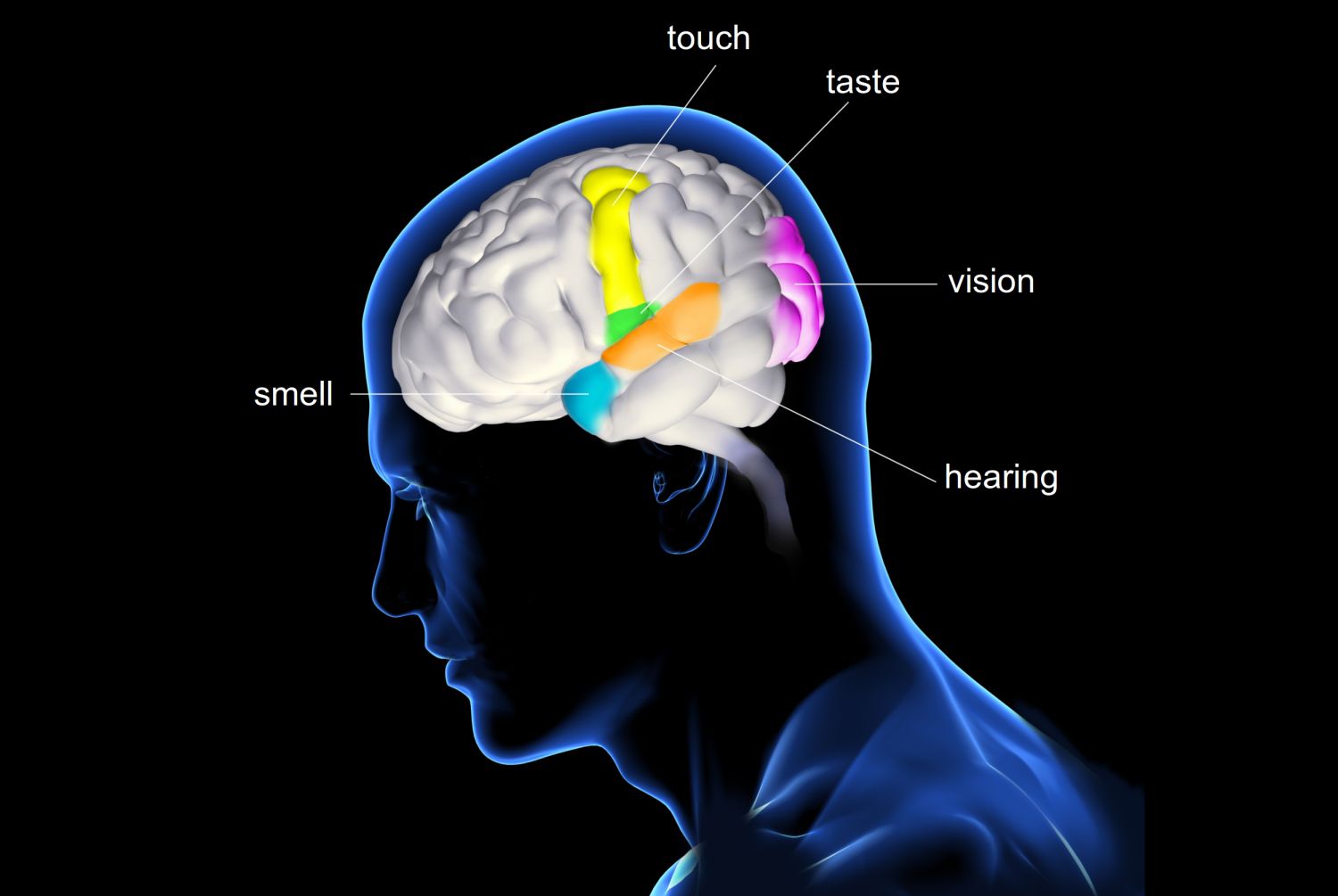What Are The Brain Waves?
The human brain is made up of neurons, or brain cells, that communicate with one another via electrical brain waves. Depending on one's level of consciousness and cognitive processing, the pattern of brain waves changes. Slower brainwaves, for example, are likely to be prominent when one is tired or dreamy.
Different Types Of Brain Waves
1. Delta Brain Wave (0.1 to 3.5 Hz)
Delta has the lowest frequencies. These have a frequency of less than 4 Hz and can be found in deep sleep as well as some pathological processes. It is the main rhythm in newborns up to the age of one year, and it can be found in sleep stages 3 and 4.
To reduce our awareness of the physical environment, we enhance Delta waves. Delta also allows us to access knowledge in our subconscious mind. When high focus and peak performance are necessary, peak achievers reduce Delta waves. When attempting to focus, however, most people with Attention Deficit Disorder automatically increase rather than decrease Delta activity.
2. Theta Brain Wave (4-8 Hz)
Theta activity is classified as "slow" since its frequency ranges from 3.5 to 7.5 Hz. It is linked to creativity, intuition, daydreaming, and fantasizing, and serves as a storage space for memories, emotions, and sensations. Internal attention, meditation, prayer, and spiritual awareness all produce significant theta waves. It refers to the subconscious mind and reflects the transition between wakefulness and sleep. Theta is thought to be a reflection of the limbic system and hippocampus activity. Theta is thought to be a reflection of the limbic system and hippocampus activity. An imbalance of three key transmitter systems can occur under unique emotional circumstances, such as stress or illness states, resulting in abnormal behavior.
3. Alpha Brain Wave (8-12 Hz)
Healthy alpha production encourages mental resourcefulness, aids in mental coordination, and improves general relaxation and weariness. In this mood, you can work fast and effectively to complete whatever task you're working on. Most people feel at peace and tranquil when Alpha is dominant. Alpha appears to be a link between the conscious and subconscious minds. It is the most common rhythm observed in normal, relaxed adults; it is present for the majority of one's life, especially after the thirteenth year, when it takes over the resting tracing. The white matter of the brain is said to be the source of alpha rhythms. White matter is the component of the brain that binds all of the brain's sections together.
Alpha is one of the most significant frequencies in the brain for learning and applying information learned in the classroom and on the job. Close your eyes or take deep breaths to raise alpha, and think or calculate to decrease alpha. Training in alpha-theta can improve sensation, abstract thinking, and self-control.
4. Beta Brain Wave (above 12 Hz)
It reflects active brain tissue that is out of sync. It is frequently observed in symmetrical distribution on both sides and is most noticeable frontally. In areas of cortical injury, it may be absent or diminished.
It is considered a typical rhythm, and it is the predominant beat in those who are attentive or nervous, or who have their eyes open.
When we have our eyes open and are listening and thinking during analytical problem solving, judgment, decision making, and processing information about the world around us, we are in this mode.
5. Gamma Brain Wave (above 30 Hz)
When the brain needs to process information from multiple areas at the same time, 40Hz activity is thought to consolidate the essential areas for simultaneous processing. A good memory is linked to well-regulated and efficient 40Hz activity, whereas learning problems are caused by a 40Hz deficit.
What Are The Effects of Brain Waves on Mental Health
An individual may suffer anxiety, nightmares or other sleep disorders, impulsivity, and hostility if particular parts of the brain are over-aroused. Arousal levels in the brain that are too low have been linked to depression, chronic pain, and sleeplessness. If a person's brain rhythms are disrupted, they may suffer compulsive compulsions, epilepsy, or panic attacks.
A relationship between an excess of gamma waves in the brain and schizophrenia has recently been established by neuroscientists. Hyperactivity in certain parts of the brain is caused by gamma waves, and when this hyperactivity is unusually strong, as it is in people with schizophrenia, delusions and hallucinations can occur. Sleep deprivation, which is similarly caused by an overabundance of hyperactive brain waves, has lately been linked to schizophrenia symptoms.
Brain wave research has also revealed that certain people are naturally more likely to suffer from depression. These folks have a lot of alpha wave activity in their left frontal portions of the brain. Attention deficit hyperactivity is another condition marked by an excess of lower frequency brain waves. However, when treated with neurofeedback therapy, both of these illnesses, as well as others, have been demonstrated to improve.
The bottom line
Whether you're aware of it or not, your brain is always buzzing with electrical activity. One sort of electrical pulse in your brain will dominate at different periods of the day, depending on what you're doing. You're most likely in a state of wakeful relaxation when your brain's alpha waves are dominant.
Mindfulness and meditation are two relaxation practices that may help you boost your alpha waves. As a result, you may feel calmer, less stressed, and, according to some research, your creative levels may even increase.



